DON'T MISS OUT
The Sony World Photography Awards exhibition is back with a powerful mix of photography and stories from around the world, featuring top talent and fresh perspectives.
Somerset House London, 17 April - 5 May.
The Sony World Photography Awards exhibition is back with a powerful mix of photography and stories from around the world, featuring top talent and fresh perspectives.
Somerset House London, 17 April - 5 May.
The River Thames is not even the longest river in the British Isles and a mere pygmy in comparison with other rivers in the world, but it’s significance to British and world history is immense. The river starts as a small trickle in hills north west of London and travels for 346 km through the heart of some of England’s most picturesque towns, it passes through the centre of London and out into the North Sea. London is one of the major cities of the world today, but it would not have existed without the River Thames. The river has acted as a source of fresh water and food, an artery of communication and transportation, and a physical and psychological boundary. Part of the river, called the Tideway, is tidal and this forms a natural harbor that connects London to the English Channel. Since pre-Roman times the river has been the major communication and trade route between Britain and the rest of the world. The River Thames has truly defined the character and prosperity of London for over well over 2,000 years. The Thames has been a fascination for me ever since I moved to Oxford in the UK from Germany nearly thirty years ago. Oxford lies on the banks of the Thames (called Isis there) and, in West London, where I live now, I am still only a short walk away from the river. It has been fascinating for me to consider the history, of both the Thames and London. That of the Thames is chequered with many interesting individual stories. The stories encompass birth, baptism, death, suicide, messages in a bottle, riverside scavenging youngsters, quaint ancient boats, prison ships (‘hulks’), and include other melodramatic episodes of life and death in and along the Thames.

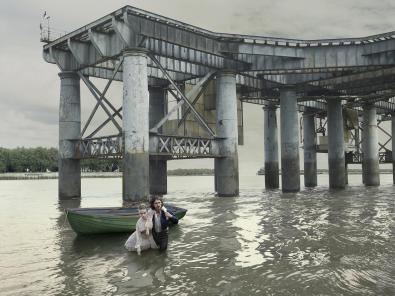
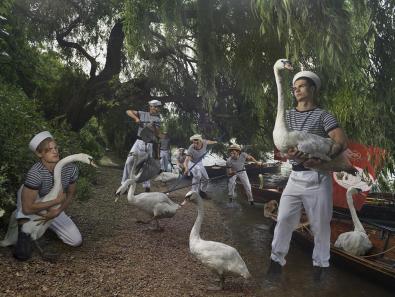
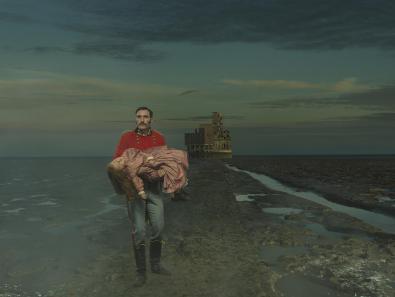
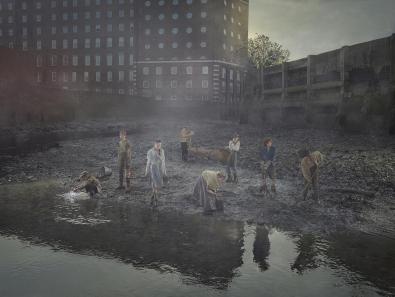
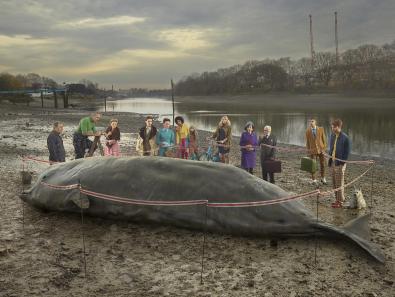


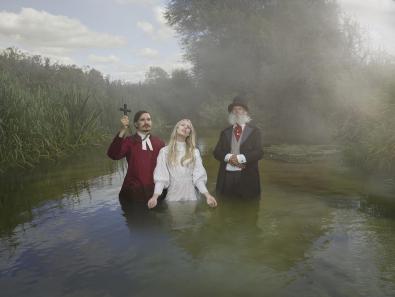
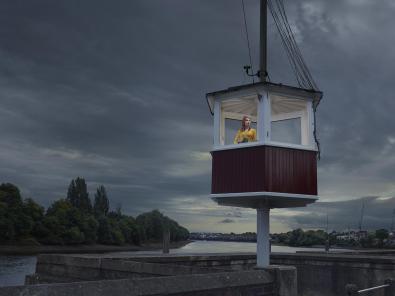
The Sony World Photography Awards exhibition is back with a powerful mix of photography and stories from around the world, featuring top talent and fresh perspectives.
Somerset House London, 17 April - 5 May.









